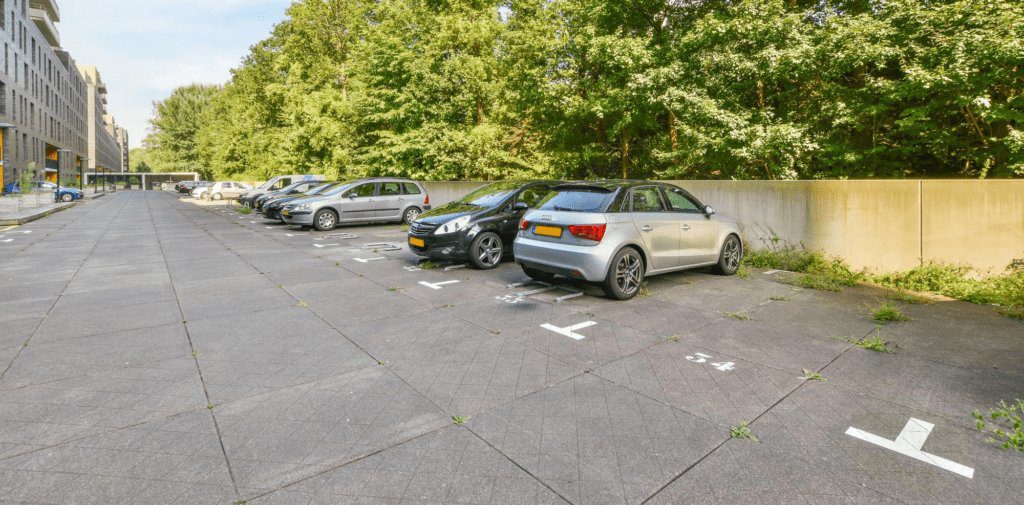
Though roads serve the primary purpose of facilitating travel from point A to point B, they frequently double as parking spaces once drivers reach their destinations.
This necessitates that drivers are adept at safely manoeuvring past parked cars. A significant portion of learning to drive focuses on responding correctly to various scenarios, yet it’s not often about making it up as you go.
There are established rules designed to guide your actions in these situations, and navigating past parked cars or other stationary obstacles is subject to these guidelines.
We’re here to explain the rules involved and provide you with practical tips to apply them effectively while you’re on the road.
How Should You Pass Parked Vehicles?
Assessing Priority
The first aspect to consider is priority. Determine whether you or the oncoming traffic have the right of way.
This assessment is crucial for ensuring that the overtaking manoeuvre is conducted in accordance with road rules, thereby avoiding potential conflicts.
Positioning Yourself Correctly
Next, evaluate your position. You need to ensure that you are correctly positioned on the road to safely overtake the parked vehicles.
This involves maintaining a safe distance from the parked cars while also being mindful of oncoming traffic and any potential hazards.

Maintaining Adequate Space
Giving enough space to the parked vehicle is vital. Ensure there’s sufficient clearance between your car and the parked vehicles to prevent any scrapes or collisions.
This space is not only for your safety but also for the safety of any passengers disembarking from the parked vehicles.
Adjusting Your Speed
Lastly, consider your speed. Adjust your speed to ensure that you pass the parked vehicles safely.
The appropriate speed will depend on the visibility, road conditions, and the presence of any potential hazards. It’s essential to slow down and proceed with caution if visibility is limited or if there are hazards such as pedestrians crossing.
During your driving test, the examiner will assess your ability to make informed decisions based on these four criteria.
Understanding and applying these principles will not only help you during your test but also ensure safe driving practices in real-world situations.
Who Has Priority When Passing Parked Cars?
Understanding the Basics of Priority
Determining priority when navigating past parked vehicles can be tricky, especially when the road isn’t wide enough for two-way traffic.
The Highway Code Rule 163 offers guidance by stipulating that you should give way to oncoming vehicles before overtaking parked cars. This essentially means:
- If the parked cars are on your side of the road, give way to oncoming traffic.
- If the parked cars are on the opposite side, you have priority.
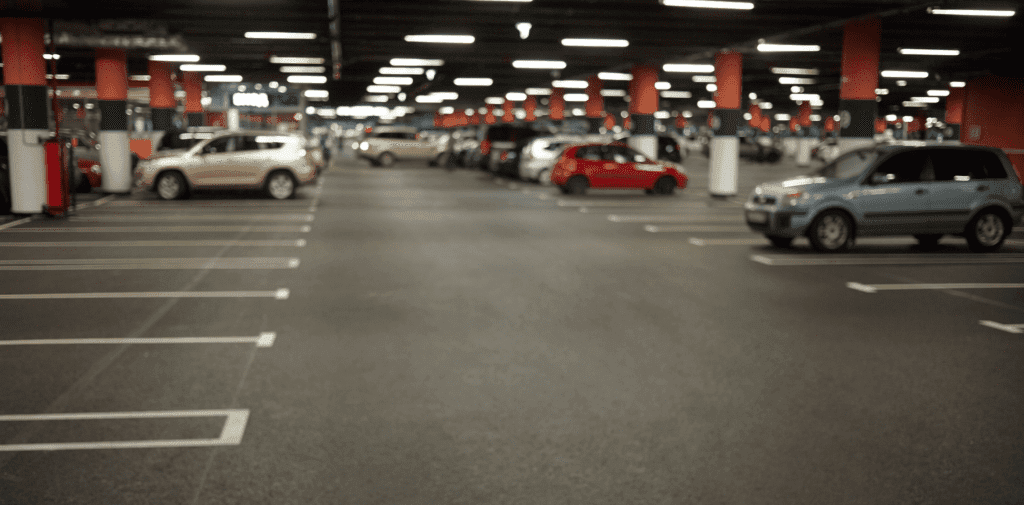
The Rule of Commitment
However, the concept of commitment modifies this rule. Once you or an oncoming driver has commenced the overtaking manoeuvre, the other is expected to give way. Commitment is established if you:
- Have begun overtaking.
- Cannot safely return behind the parked car without reversing.
- Would need to reverse to allow the oncoming vehicle to pass.
In situations where both drivers are committed, the one who can reverse with the least inconvenience should ideally do so.
This often means the driver with the shortest distance to reverse, though consideration should also be given to whether either driver has traffic behind them, as reversing a single vehicle is less disruptive than causing multiple vehicles to back up.
Special Considerations at Junctions
When passing parked vehicles opposite a junction, be mindful that drivers emerging from the junction should give way to you.
However, exercise caution, as there’s always a chance the other driver may not have seen you or might be unaware of this rule.
Ensuring safety and clear communication through your actions on the road can help prevent misunderstandings and potential accidents.
Double Parking
Double parking occurs when vehicles are parked on both sides of a road, significantly narrowing the available space for moving traffic.
In scenarios where the street is too narrow for vehicles to pass the parked cars simultaneously, determining who proceeds first becomes essential.
The guiding principle here is first come, first served. The driver who reaches the congested area first gains priority and is entitled to initiate their overtaking manoeuvre.
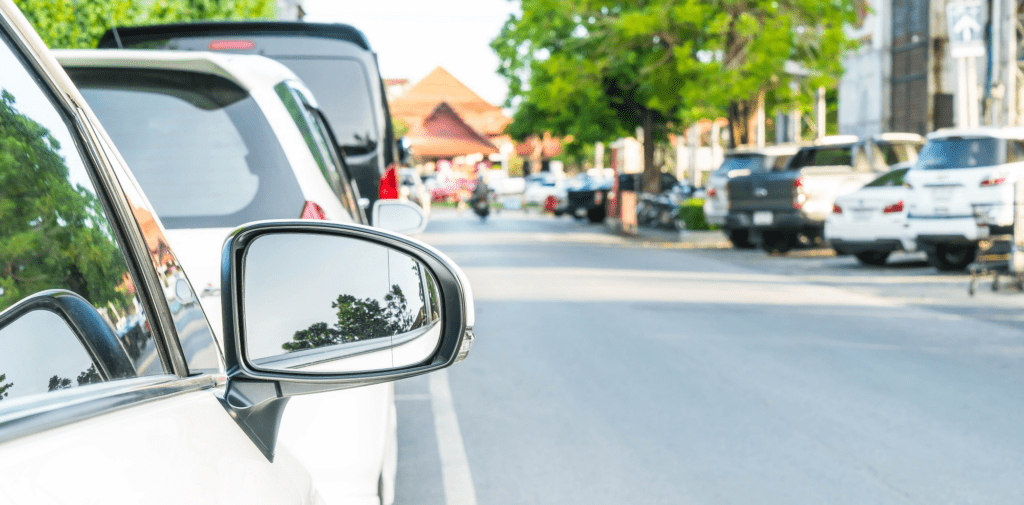
Establishing Communication and Priority
In instances where drivers arrive simultaneously, establishing eye contact with the opposing driver can be a helpful way to communicate and understand their intentions.
While there’s no definitive right or wrong approach in such situations, the critical aspect is that once a driver has begun their manoeuvre and is thus committed, the other driver is expected to give way.
This courtesy and understanding should be extended even when the parked cars are staggered along the road, rather than directly opposite each other, to ensure the smooth flow of traffic and avoid potential standoffs.
Flashing Headlights
Understanding the Purpose
Flashing headlights are officially intended for a single purpose: to alert other road users to your presence.
It’s a common misunderstanding that they’re a means of communication, offering or requesting right of way.
Given the potential for misinterpretation, clarity and predictability on the roads are paramount, outweighing the use of signals that could lead to confusion.
Despite the intended use, it’s not uncommon for drivers to use their headlights to convey messages, especially in situations involving parked cars or other obstructions.
For instance, if an oncoming driver flashes their headlights in such contexts, they are often indicating their intention to let you proceed first.
However, it’s crucial to approach these signals with caution due to the inherent risk of misunderstanding the other driver’s intentions. Always ensure there’s no doubt before proceeding, keeping safety as the top priority.
Get in Position
Preparing for a Smooth Overtake
For an overtake manoeuvre to be executed smoothly, especially past parked vehicles, positioning yourself correctly on the road is essential.
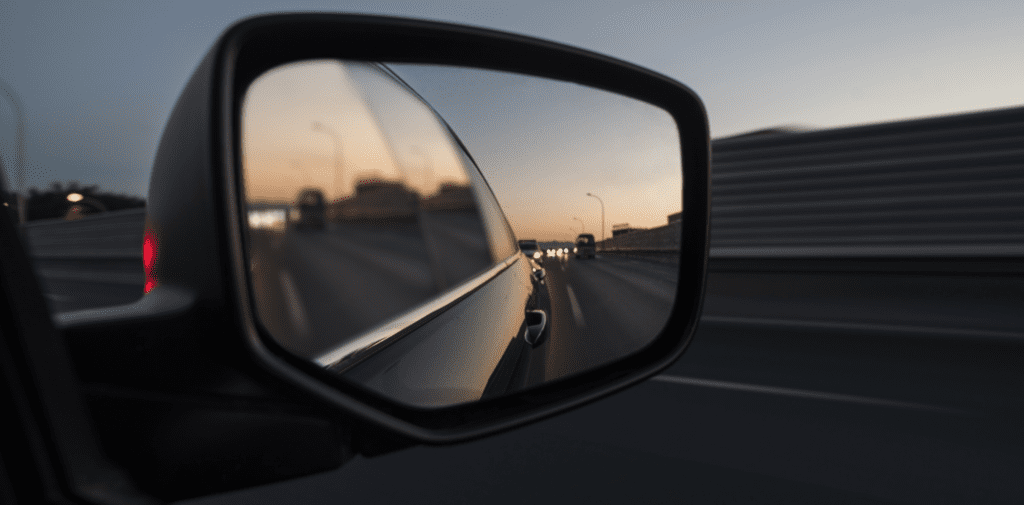
As you get ready to overtake, ensure you check your mirror and subtly shift towards the right-hand side of your lane. This strategic positioning offers three key advantages:
- It signals your intention to overtake to surrounding traffic, enhancing predictability.
- Improves your visibility of oncoming traffic and likewise, their ability to see you.
- Reduces the need to swing out sharply, minimising your impact on the flow of traffic and ensuring you occupy less space on the road.
It’s important to establish this position well in advance of your manoeuvre. This preparation allows you to initiate your overtake early and efficiently, contributing to overall road safety and fluidity.
Give Parked Vehicles Enough Room
Ensuring Adequate Space Lengthways
When overtaking any obstacle, including parked vehicles, it’s vital to maintain a safe distance both in terms of length and width. This is a critical safety measure and is something driving examiners pay close attention to.
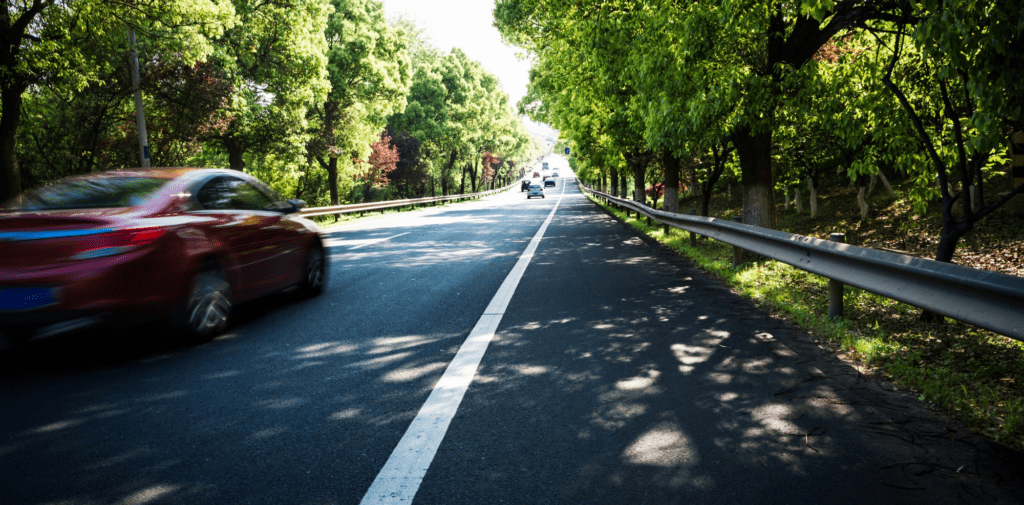
Lengthways Consideration
Avoid swinging out at the last moment, which risks clipping the parked vehicle or encountering an oncoming vehicle head-on.
Instead, initiate your manoeuvre with ample space between you and the obstacle, allowing for a smoother reintegration behind it if necessary.
This approach not only enhances safety but also allows for a more graceful movement back into your lane, minimising disruption to oncoming traffic.
Widthways Safety
The challenge in passing parked cars isn’t solely about navigating around a static object. Be aware of the possibility of car doors opening.
Providing a clearance gap of about a metre ensures you can safely pass without risking damage to vehicle doors or endangering individuals.
This spacing is sufficient to allow for sudden door openings while still facilitating the flow of oncoming traffic.
Additional Safety Practices
When you’re the one opening a car door, practise the Dutch Reach method—this involves using the hand farthest from the door to open it, which naturally turns your body to look over your shoulder and into the wing mirror, ensuring you check for oncoming traffic or cyclists.
In situations where you must gauge the feasibility of two-way traffic passing during your overtake, rely on assessing the actual available road space rather than the white centre line.
This real-space assessment helps in making informed decisions about whether to proceed with the overtake or wait for a safer opportunity, thereby reducing the risk of accidents and ensuring a smoother flow of traffic.
Slow Down
Adjusting Speed for Safety
When navigating past parked vehicles, it’s not always feasible to maintain the ideal clearance space.
In such instances, adjusting your speed becomes crucial for maintaining control and ensuring the ability to come to a stop quickly if the situation demands.
A general guideline is to aim for a speed of around 20mph when you have a clearance of about one metre on each side.
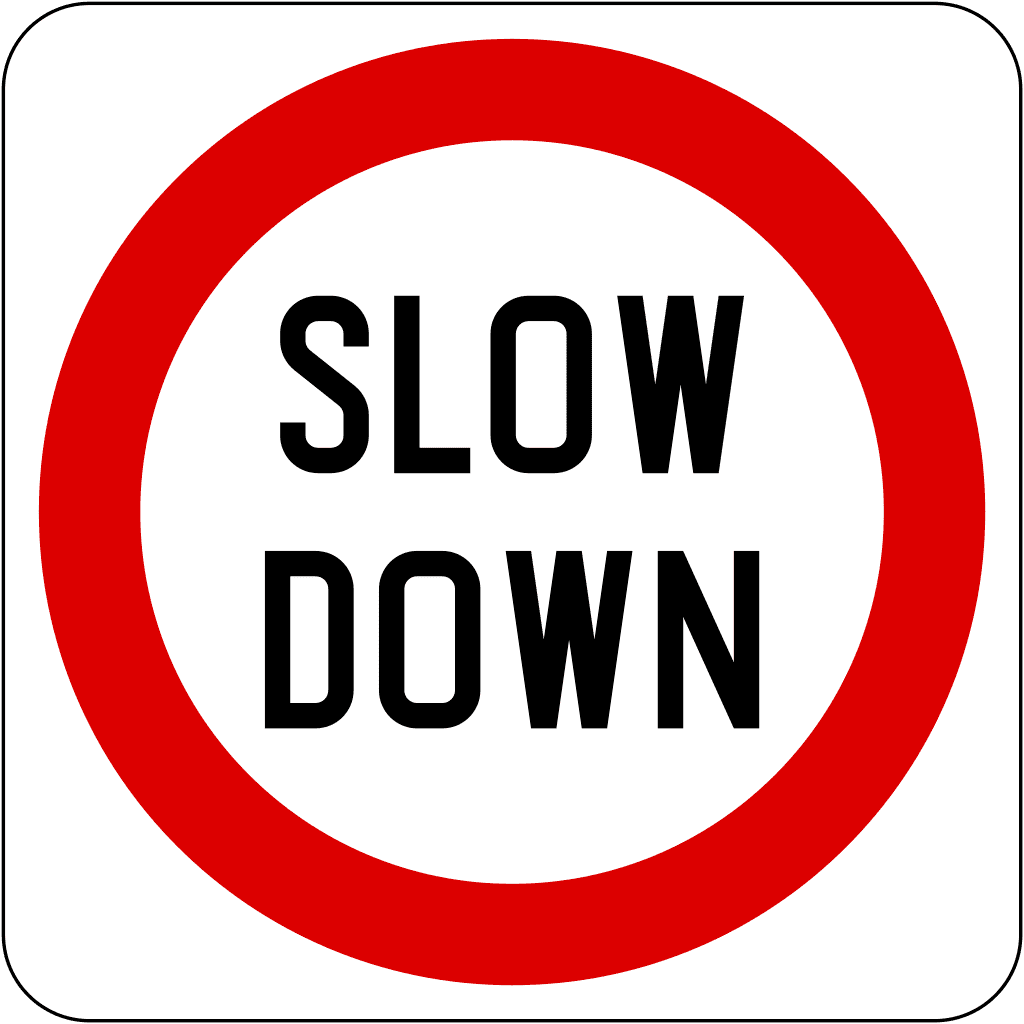
Image source: Fry1989
Managing Tighter Spaces
For narrower gaps, where clearance is less than a metre, it’s necessary to reduce your speed even further.
The principle here is straightforward: the less space you have, the slower you should go.
This reduction in speed is essential for reacting promptly to sudden obstacles or changes in the road conditions.
Clutch Control in Low Speeds
Navigating through tight spaces at reduced speeds underscores the importance of excellent clutch control.
Mastering clutch control allows for smoother driving at low speeds, ensuring you can manoeuvre your vehicle safely and effectively in constrained spaces.
Enhancing your clutch control skills will significantly improve your ability to drive safely and confidently in a variety of road conditions.
Frequently asked questions
When overtaking on the road, it’s customary to use your indicators to communicate your intentions to other road users.
However, when it comes to passing parked cars or navigating around obstacles, using your indicators can sometimes lead to confusion.
Other drivers might mistakenly believe you’re about to turn into a junction or a driveway if you signal right. Rather than signalling, it’s more effective to adjust your road positioning well in advance.
By shifting to the right-hand side of your lane early, you allow following drivers to clearly see both the parked vehicles you intend to pass and your intention to overtake them.
There is an exception where indicating right might be beneficial: if there’s a chance you could be perceived as parked behind other cars.
In such instances, drivers behind you may attempt to overtake, creating a risk of collision when you start to move.
Should you find it necessary to signal in this scenario, ensure you deactivate your right indicator promptly after moving out to avoid lingering confusion.
It’s crucial to avoid indicating left, as this could mislead others into thinking you plan to park or turn left, potentially leading to unsafe overtaking manoeuvres.
Managing your indicators and positioning with care can help maintain clarity and safety for everyone on the road.
When encountering a line of parked cars interspersed with gaps, it might be tempting to weave in and out of these spaces.
However, this approach is generally less safe and can be more time-consuming. A more effective strategy is to consider the entire sequence of parked cars as a single overtaking manoeuvre.
This method not only enhances safety but also streamlines the process. Nonetheless, the gaps between parked cars can be strategically used as passing places to allow oncoming traffic to navigate through if necessary, promoting a smoother flow of traffic for all involved.
When dealing with parked vehicles on bends, visibility becomes significantly reduced, necessitating increased caution.
If you find yourself needing to overtake a parked car on a right-hand bend, it’s advisable to remain in your lane for as long as possible.
This positioning allows you to maintain a better view beyond the stationary vehicle, enhancing safety. Conversely, when navigating a left-hand bend, it’s wise to move out well in advance.
This approach improves your line of sight and helps ensure a safer passage past the parked vehicles.



